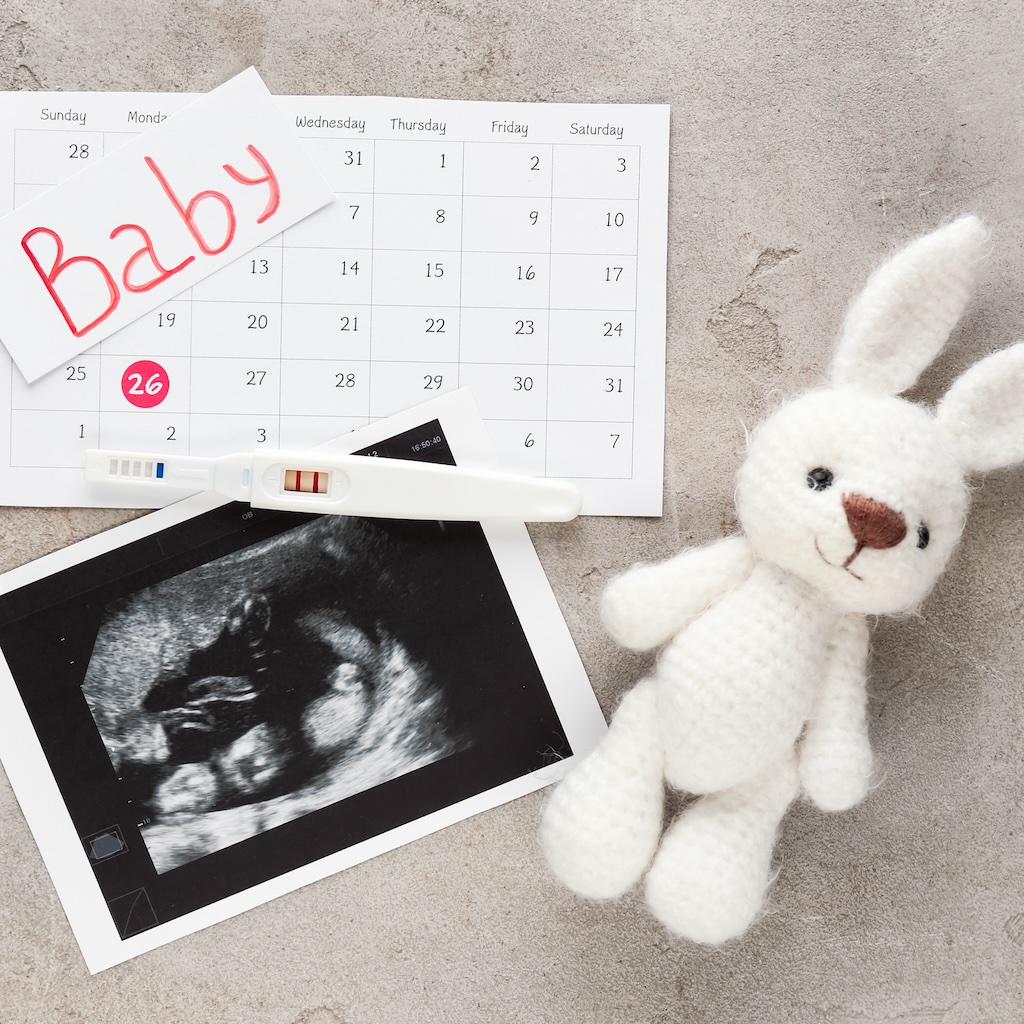
High Risk Pregnancy
Most pregnancies are not high risk pregnancies. Thankfully, the vast majority are what we categorize at low risk pregnancies.
However, I’m a little uncomfortable with that nomenclature myself, because the bottom line is this pregnancy for this patient is one of the most important, if not the most important thing of her entire life.
Treating Every Pregnancy As A High Risk Pregnancy
While there may not be any medical complications that I’ve identified as an ObGyn, and therefore it’s technically a low risk pregnancy, I want to treat every patient as if they have a high risk pregnancy.
Every pregnancy is extremely important, even if we haven’t noticed any complications or haven’t identified any complications along the way.


Women With High Risk Pregnancy
On the other side of things, some women are categorized as high-risk pregnancies, meaning there are particular things about this patient, their medical history, or their baby that require extra attention.
- Patient’s Age:
It can be as simple as the fact that a patient is 35 or older. A patient who’s 35 is considered a high-risk pregnancy because of advanced maternal age. - Medical Complications:
Certainly, women have different medical conditions, whether it be: severe asthma or other pulmonary conditions. Cardiac problems (especially hypertension). Diabetes that started before pregnancy is one of the categories that would put someone into a higher-risk pregnancy. - Previous Pregnancies:
There are also patients who had a difficult previous pregnancy, whether it be a baby with inter-uterine growth restriction; that wasn’t growing the way we wanted it to during the last pregnancy. These patients, in their following pregnancy, are watched differently as well.
For example, we’ll be doing ultrasounds every month, for those patients, for growth and to make sure that this pregnancy and the baby are growing well.
High Risk Pregnancy Ob/Gyn
In my ObGyn practice, we are well-prepared to take care of patients with high-risk pregnancies.
After collectively delivering 33,000 thousand babies, we have seen plenty of high-risk pregnancies and have lots of experience in this area of care.
On Site Ultrasound & Maternal-Fetal Medicine Specialists
- One main advantage we have is in having an ultrasound department on site.
- Additionally, there is a Maternal-Fetal Medicine Department here as well.
- These Maternal-Fetal Medicine doctors have had the same training that I have had as an ObGyn. Then to specialize, they went back to medical school for another three years of training to deal with high-risk pregnancies.
- We have a good team approach to taking care of even the highest-risk pregnancies.
St. Francis Medical Center Level 3 Nursery
- Additionally, Saint Francis Medical Center, where I do deliveries, has a Level 3 Nursery.
- They’re prepared to take care of patients at just 24 weeks. They have an excellent neonatal team that can help take care of our babies if we need to deliver them early or if those babies have particular problems as well.


Babies And High Risk Pregnancy
Sometimes a high-risk pregnancy is not a maternal issue but a baby issue.
Perhaps we identified a problem at a 20-week ultrasound that we need to follow up on. Maybe there’s a strong family history of a congenital problem that seems to follow the family line, and we need to follow those babies during pregnancy.
Perhaps it’s as simple as a baby not growing well and having inter-uterine growth restriction.
We’re well prepared to take care of a high-risk pregnancy from a baby standpoint, as well as from a maternal perspective.
High Risk Pregnancy Ultrasounds
One of the common themes of taking care of high-risk pregnancies is that after 20 weeks, almost all of these patients are getting ultrasounds every three or four weeks to watch the baby’s growth and to make sure the baby’s growing well.
Antenatal Testing for High Risk Pregnancy
There’s also an additional thing called antenatal testing.
One of the most common modalities of antenatal testing is called a biophysical profile. Typically, we will do this every week.
We’re doing an ultrasound to look at the fluid around the baby, look at the baby’s movements and tone, and making sure the baby’s having practice breathing while it’s in utero.
We also then put the mom and the baby on fetal monitoring, so that we’re watching the heart rate for about 20 to 30 minutes, as opposed just to the one or two minutes that we listen during the office visits.
This biophysical profile is another way for us to assure the safety of the baby.
By using these different antenatal testing modalities and these serial ultrasounds for growth, we’re able, to the best of our ability, take care of the safety of the baby, assure the safety of the baby, and help decide (along with the mother), when is it going to be best to deliver the baby.


Delivery Dates and High Risk Pregnancy
Sometimes, with high risk pregnancies, we will be choosing the date of delivery based on the safety of the mom and the safety of the baby.
We’ll do that before the due date, and we’ll do that before the mom goes into labor on her own.
By watching the mom closely, with these weekly visits, and watching the baby carefully, with the antenatal testing, we’re able to determine when it is safer for the baby and safer for the mom to deliver this baby.
